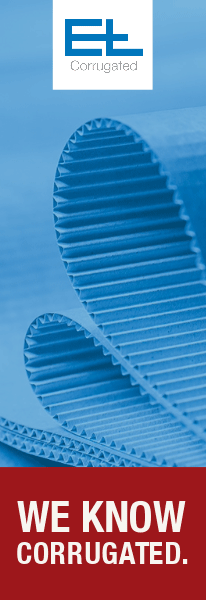After detailed consultation between industry bodies led by the CPI and the Advisory Committee on Packaging, the Environment Agency (EA) and Defra, it has been agreed to increase the number of PRNs that can be claimed under mixed paper protocol 023 and to adopt BS EN643 as the EA agreed industry standard for approved reprocessors and exporters. The national Mixed Paper Protocol, which defines the amount of claimable packaging waste in mixed papers (classified in BS EN643 under Codes 1.01 and 1.02), will increase from the current provisional figure of 23 per cent to 34.5 per cent from 1st January 2017, thereby potentially increasing the number of paper PRNs on the market by 290,000.
Social change has altered the composition of mixed paper since the protocol was first agreed in 1997. A decline in newspaper readership, increased on-line shopping and changes in food packaging have increased the proportion of packing papers above the originally agreed 12.5 per cent. After a recent industry sponsored sampling programme, which took place over a week and involved members of both the CPI and the Recycling Association examining random samples of mixed paper drawn from over 1,500 tonnes of material across the UK, it was found that the average packaging content is now 34.5 per cent.
In addition, it has been agreed that where paper mills or exporters can demonstrate they are using the EN643 grade standard, they will not be required to provide evidence of material sampling for accreditation. Provided they can show that they are handling UK derived packaging which meets the specified grade standard, they will simply need to be able to demonstrate to the EA that they are buying and selling according to the EN643 standard.
Simon Weston, CPI Director of Raw Materials, said, “These changes represent a considerable simplification to the current system and should assist those reprocessing and exporting paper-based materials to engage with and support the PRN system.”



